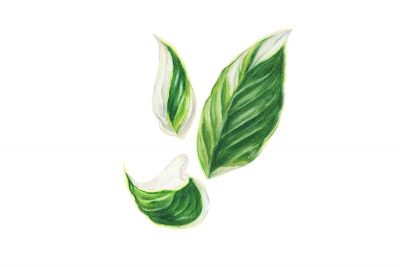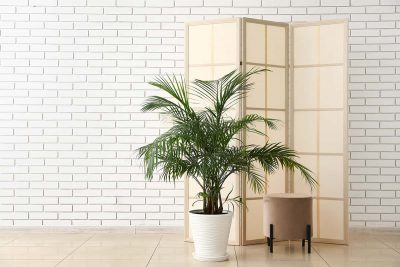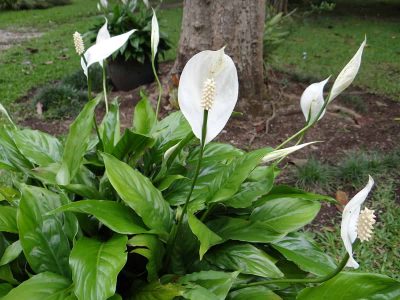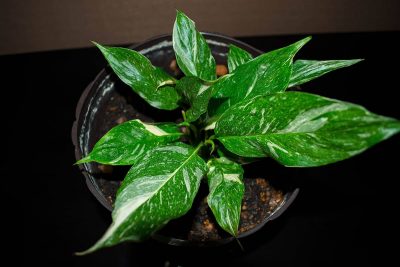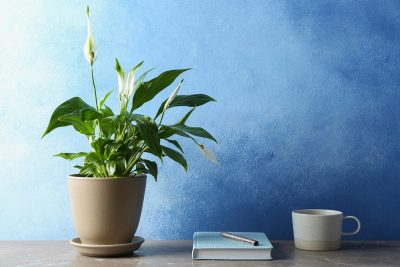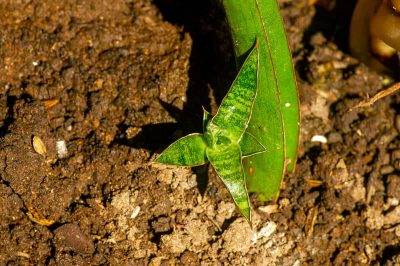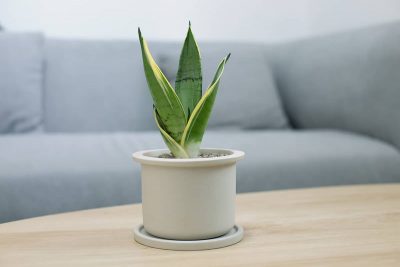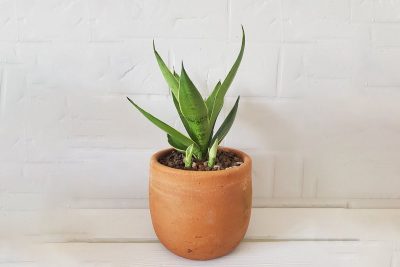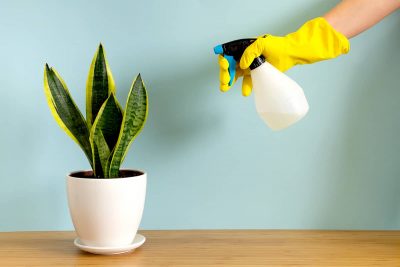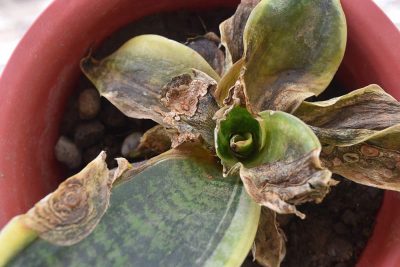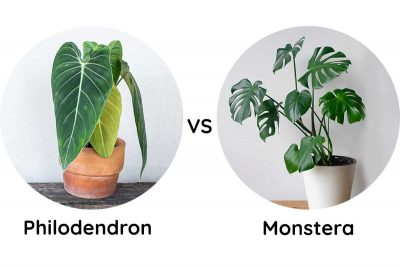Karli Edmondson-Matthews
Posts by Karli Edmondson-Matthews:
The Picasso Peace Lily is among the more sought after varieties of Peace Lily. While you may not find it at your local nursery, it isn’t too hard to get hold of it online from specialist plant retailers. Here we explain the best ways to care for your Picasso Peace Lily.
Palm trees are hugely popular as both indoor and outdoor plants, adding a laid-back tropical feel to any space. Before you make the leap and buy one of these trees, you’ll first need to consider what type of palm is suitable for growing in your region, and how much a palm tree is going to cost.
There are a total of 47 different varieties of Peace Lily, and amongst these, there are types that diverge slightly from the typical colorations. Here we look at the different colors Peace Lilies are available in and how you can get the best color from your Peace Lily houseplant.
The Spathiphyllum Domino plant is a variety of Peace Lily. It features delicate variegation on the foliage, which makes it more appealing than standard Peace Lilies. Here we take a closer look at the Domino Peace Lily and explain how to ensure the plant thrives in your care.
The Peace Lily plant is an extremely popular houseplant because it is easy to grow, widely available, and will adapt to various levels of light. It is a beautiful plant that produces elegant white flowers also known as spathes.
When it comes to snake plants, fertilizer can be a controversial issue. Here we look at the risks and benefits associated with fertilizer use, and which types of fertilizers are best for snake plants.
Snake plants are low maintenance houseplants that don’t need much attention, but they will thrive in conditions that are most similar to the environment they natively hail from. Here we investigate the ideal levels of humidity for snake plants.
This unusual snake plant is one you may not have seen before, and that’s because it’s a fairly new variety. The Night Owl Snake Plant does not grow in the wild, and is actually a cultivated hybrid which is a result of crossing the Sansevieria trifasciata Laurentii with the Sansevieria trifasciata Hahnii (better known as the Bird’s Nest Snake Plant’.)
A snake plant will tell you it needs water by displaying symptoms such as browning leaves, but you can figure out if your plant needs water before this happens by checking the condition of the soil. Check out these tips to make sure you bring your best watering game to your snake plant.
Snake plants are renowned for being low maintenance, easy-care plants which even the most inexperienced grower can keep alive, however this does not mean that they are completely free of issues. One of the most commonly reported problems amongst the various different types of snake plants is that the tips of the leaves have turned brown.
Most of us consider plant pots as simply being the vessels that keep our plants contained, and often we think more about how they look rather than what type of care they can offer the plant. Interestingly, the type of pot you choose can actually play a role in the health of your plant, so it’s something worth thinking about before you start the process of re-potting. Here we take a look at the best types of pots to use for a snake plant.
‘Philodendron’ and ‘Monstera’ are two names that you might hear used frequently to describe what is seemingly the same plant. Are these two names in fact just synonyms for each other, or are they used to denote different types of plants? Here we investigate why these names are sometimes accepted as being the same, as well as the primary differences and similarities between Philodendron and Monstera plants to help set them apart.
